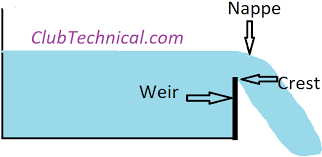Micro-piles
Micro-piles/ mini-piles/ pin-piles/ root-piles are high-strength, durable, small-diameter generally 6-12”(150-300mm) steel casing pile or rib or bar and stuffed with a high strength cement grout used to bore hole.
The bearing stratum is logged throughout installation drilling to assure that bearing capability is adequate.
Since small piles are smaller in diameter they will be advanced through the bottom at a better speed and may break through materials with larger ease than a caisson casing or a driven pile.
The micropiles will penetrate any obstructions which will typically cause premature refusal whereas putting in mistreatment typical spile strategies.
Grouting is achieved by tremie grouting, pressure grouting throughout casing retraction, and tremie-grouting with post-grouting. Post-grouting among the bond length will increase resistance forces with close soils, so achieving larger capability.
Micropile capacities over 1,780 KN.
Micropiles to depths surpassing two hundred feet (60 m).
Common Reasons to Use This Micropile
- To give structural support
- To underpin your foundation
- To transfer hundreds
- To enhance mass stability
Common Uses of Micropile
- Provide structural support
- Underpin foundations
- Enhance mass stability
- Transfer loads
- The main advantage of a micropile is its ability to figure in terribly engorged and low height areas and on any soil surface regardless of its sort.
- Fast ballroom dancing installation even in environmentally-challenging conditions. They’re little and comparatively lightweight. They’re comparatively cheap.
- Simultaneous drilling and grouting allow low overhead, restricted access installation. Micropiles are typically preferred to “H” piles attributable to overhead physical constraints.
- Improves the bottom (densification)
- Offers higher skin friction
- Total single corrosion protection intentionally
- The restricted vibration and noise cause very little disturbance.
- Piling rigs may be low-emission or perhaps electrically driven.
- They can be put in on the point of existing walls with restricted headroom and engorged website conditions.
- They have a high load capability and a capability to resist compressive, tensile, and lateral masses.
- Micro-piles can penetrate any surface.
Disadvantages of Micropiles:
- If there aren’t any obstacles they’re longer overwhelming than a driven pile
- Valuable
- Water infill is often a problem
Types of Micropile:
Piles are generally categorized into 2 types:-
- Displacement Piles
- Replacement Piles
1. Displacement Piles
Displacement piles are driven or vibrated into the bottom, there by displacing the adjacent soil sideways during the inauguration.
2. Replacement Piles
Replacement piles are constructed within a formerly drilled borehole, thus restoring the excavated ground.

.jpg)



Comments
Post a Comment